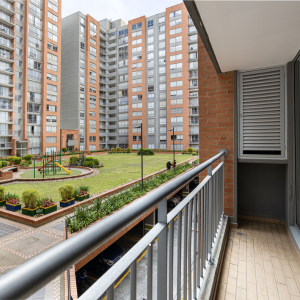
Affordable housing is scarce in every community in the United States. Shared Housing is a model that can help.
Look at Redfin’s analysis in September 2024. It shows that Cincinnati was named one of the top 10 fastest growing rental markets in the country. Showing that median rents in September 2024 were 7.3% higher when compared to September 2023. And Hamilton County was already short 40,000 units of affordable housing.
According to a LISC Greater Cincinnati study released in 2017 – “Housing Affordability in Hamilton County.” Yes, there is new affordable housing developed by our partners. But their diligent work isn’t enough to close this ever widening gap.
There is simply not enough affordable housing for every household that needs it.
In light of this, another tool that our homeless services community is considering is Shared Housing. This is a model where individuals or families share a living space. It can give people leaving homelessness another option for affordable housing. It can be a good option for youth aging out of foster care, those fleeing domestic violence, or seniors. But it can work for any individual or family seeking affordable housing.
How Shared Housing Works
Some areas of the United States have long had a severe shortage of affordable housing. Like the Bay Area in California. HIP Housing in San Mateo, California is a non-profit that offers a Shared Housing program. It matches people with extra rooms or accessory dwelling units with people who need affordable housing.
Additionally, the U.S. Department of Housing and Urban Development (HUD) allows the use of Housing Choice Vouchers for shared housing. They encourage local public housing authorities to use for-profit or non-profit services that match households. This can ensure a high level of compatibility.
Social Support
Shared Housing also has the advantage of offering social support and community. For instance, seniors or people with disabilities may find companionship, support, and a sense of belonging. Those who are transitioning from homelessness can find support as well. In turn, this can reduce feelings of isolation.
This article about shared housing from Shelterforce notes:
“Many people who transition from homelessness into single units experience loneliness and social isolation, which is an especially significant issue for older, formerly homeless adults.”
In conclusion, Shared Housing is an innovative approach to tackling housing affordability and availability issues. It offers affordability and community support making it a promising option.